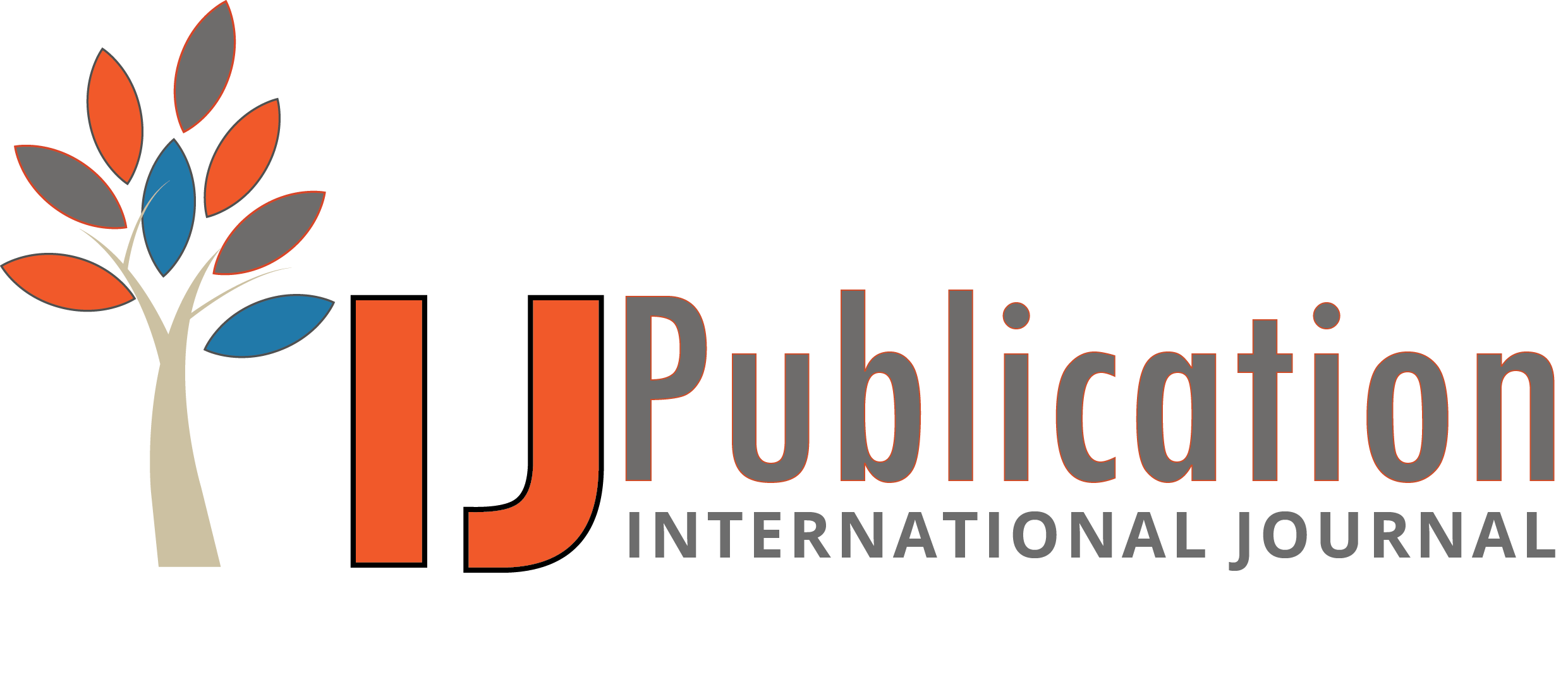Balaji Govindarajan Reviewer
 Approved
Approved
Relevance and Originality
This paper addresses a timely and relevant issue in the rapidly evolving field of programmatic advertising, where computational efficiency is paramount. By leveraging quantum computing to enhance machine learning algorithms for real-time ad serving, the research presents an innovative approach that could significantly transform the advertising landscape. The originality of the work lies in its hybrid framework, the Quantum AdServer, which combines quantum algorithms with classical computing methods, offering a fresh perspective on optimizing ad delivery. The focus on both near-term applications using Variational Quantum Circuits (VQC) and future possibilities with the Harrow-Hassidim-Lloyd (HHL) algorithm demonstrates a forward-thinking approach that could pave the way for future advancements in the field.
Methodology
The methodology employed in this research is robust, incorporating both theoretical analysis and simulations to validate the proposed hybrid framework. The use of VQC for near-term implementation on noisy intermediate-scale quantum (NISQ) devices is particularly relevant, given the current state of quantum technology. The paper provides a clear explanation of how the VQC and HHL algorithms are integrated into the ad-serving process, which enhances the reader's understanding of the practical applications of these quantum methods. However, further details regarding the specific parameters used in the simulations, as well as a more in-depth discussion on the classical algorithms being compared against, would strengthen the methodology section and provide clearer insights into the performance gains achieved.
Validity & Reliability
The validity of the findings is supported by comprehensive theoretical analysis and simulations, which effectively demonstrate the potential speed and scalability improvements offered by quantum-enhanced machine learning in ad tech. However, the paper could benefit from including empirical data or real-world case studies that illustrate the effectiveness of the Quantum AdServer in practical scenarios. Additionally, a thorough evaluation of the reliability of quantum algorithms on NISQ devices, including potential issues such as noise and error rates, would enhance the paper's credibility. Discussing how these challenges might be mitigated in real-world applications would provide a more balanced view of the technology's feasibility.
Clarity and Structure
The paper is well-structured, with clearly defined sections that guide the reader through the problem statement, proposed solutions, and theoretical analyses. The use of technical language is appropriate for the target audience, though some complex concepts related to quantum computing might benefit from additional explanations or simplified examples to enhance accessibility for readers less familiar with the topic. Visual aids, such as flowcharts or diagrams illustrating the Quantum AdServer framework and the processes involved in ad serving, could further improve clarity and aid in understanding the intricate details of the proposed solution.
Result Analysis
In the result analysis section, the paper effectively showcases the potential benefits of the Quantum AdServer framework in improving the speed and scalability of personalized ad delivery. However, it lacks specific performance metrics or quantitative results from the simulations that would allow readers to gauge the extent of the improvements over classical methods. Including data on processing times, accuracy rates, or other relevant metrics would provide a clearer picture of the framework's effectiveness. Furthermore, the discussion of practical challenges, such as hardware limitations and integration issues with existing systems, is crucial for a comprehensive understanding of the research implications.












Balaji Govindarajan Reviewer